Introducing the best twin mattresses for kids! When it comes to selecting a mattress for your child, it’s important to consider their comfort, support, and overall well-being during sleep. Twin mattresses are a popular choice for kids as they provide ample space while fitting perfectly in smaller bedrooms or shared spaces. To help you make an informed decision, we’ve compiled a list of top-rated twin mattresses that prioritize quality, durability, and sleep support for your little ones.
Best Twin Mattresses for Kids
| Brand | Best For | ||
|---|---|---|---|
| 1 Editor’s Choice |

|
Overall | Shop Now |
| 2 |

|
Organic | Shop Now |
| 3 |

|
Young Adults | Shop Now |
| 4 |

|
Memory Foam | Shop Now |
| 5 |
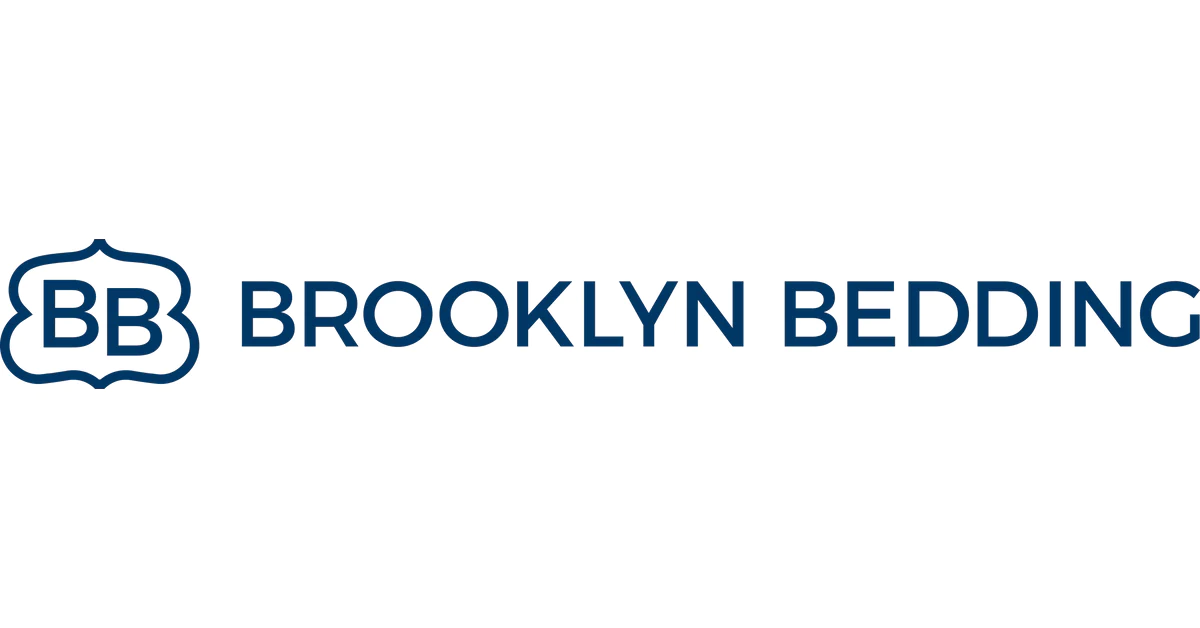
|
Hybrid | Shop Now |
| 6 |

|
Latex | Shop Now |
| 7 |

|
Budget | Shop Now |
| 8 |

|
Plus Size | Shop Now |
| 9 |

|
Extra Firm | Shop Now |
| 1 |
|---|
|
Editor’s Choice
Best For:
Overall
|
| 2 |
|
Best For:
Organic
|
| 3 |
|
Best For:
Young Adults
|
| 4 |
|
Best For:
Memory Foam
|
| 5 |
|
Best For:
Hybrid
|
| 6 |
|
Best For:
Latex
|
| 7 |
|
Best For:
Budget
|
| 8 |
|
Best For:
Plus Size
|
| 9 |
|
Best For:
Extra Firm
|
When it comes to moving from a toddler bed to the best twin mattress for kids, there are several factors to consider. Here are some tips to help you make an informed decision:
Size: Start by measuring the dimensions of the mattress space in the bunk bed or bed frame. This will ensure that the twin mattress fits properly without any gaps or overhangs. It’s important to follow the manufacturer’s guidelines for the specific bed design to ensure a proper fit.
Thickness: Consider the thickness of the mattress. While standard twin mattresses are typically 6 to 8 inches thick, you may find options with varying thickness levels. Thicker mattresses can provide additional comfort and support, but be mindful of the height restrictions imposed by the bunk bed or bed frame to ensure safety.
Firmness: The ideal firmness level for a child’s mattress will depend on their individual needs and preferences. While a medium-firm mattress feel is generally a safe choice, consider factors such as your child’s age, weight, and any specific sleep preferences they may have. Firmness can affect spinal alignment and overall comfort, so choose a mattress that provides appropriate support while still being comfortable for your child.
Materials: Pay attention to the materials used in the mattress construction. Look for options that are hypoallergenic, breathable, washable, and free from harmful chemicals. Many mattresses feature foam, innerspring coils, or a combination of both. Foam mattresses can offer contouring comfort, while innerspring coils provide support and durability. Consider your child’s needs and any specific sensitivities or allergies they may have when choosing mattress materials.
Edge Support: Kids tend to move around during sleep, so good edge support can prevent them from rolling off the youth mattress. Check for mattresses with reinforced edges that provide stability and prevent sagging or sinkage near the sides.
Motion Isolation: If the twin mattress will be shared by siblings or used in a bunk bed, consider a mattress with good motion isolation. This feature helps minimize disturbances caused by movement, allowing for a better night’s sleep for both children.
Safety Certifications: Look for mattresses that have been independently tested and certified for safety standards. Certifications such as CertiPUR-US or GREENGUARD Gold ensure that the mattress meets specific criteria for low emissions and the use of safe materials.
Reviews and Warranties: Take the time to read customer reviews and ratings to get an idea of the new mattress’s quality and durability. Additionally, check the warranty offered by the manufacturer, as it provides assurance of the mattress’s longevity and can protect you against any defects. You also want to look for a twin or twin xl mattress with a night sleep trial period.
By considering these factors and taking your child’s specific needs into account, you can confidently choose the best twin mattress that offers optimal comfort, support, and safety for your little one’s restful sleep.
Bunk Bed Considerations: Bunk bed mattresses should typically be thinner than regular mattresses to ensure safety and prevent the risk of falling out. Aim for a thickness of 6 to 8 inches, although this may vary based on the bunk bed design and manufacturer’s recommendations. Be sure to follow the guidelines provided by the bunk bed manufacturer.
Mattress Type: Consider different mattress types, such as innerspring, gel memory foam, latex, or hybrid mattresses. Each type offers unique qualities in terms of support, firmness, and motion isolation. Innerspring mattresses provide bounce and support, memory foam molds to the body for pressure relief, latex offers natural responsiveness, and hybrid mattresses combine different materials for a balanced sleep experience. Choose based on your child’s specific needs and preferences.
Support and Firmness: Ensure that the mattress provides adequate support, especially for children and teenagers who are still developing. Consider their weight, sleeping positions, and any specific requirements. While medium-firm mattresses are generally a safe choice, take personal preferences into account and consider factors like back support and spinal alignment.
Safety: Opt for a quilted mattress with appropriate safety features. Look for mattresses with a non-slip bottom to prevent shifting or sliding on the bunk bed frame. Additionally, choose a mattress with low motion transfer to minimize disturbances between sleepers, especially in shared bunk beds.
Durability and Quality: Look for a well-constructed mattress made from high-quality materials.
Read customer reviews and seek recommendations to assess durability. A mattress that can withstand the wear and tear of active older kids is crucial for long-term use.
Hypoallergenic Properties: Consider mattresses with hypoallergenic materials or those resistant to allergens. This is particularly important for children with allergies or sensitivities. Hypoallergenic mattresses can provide a healthier sleep environment and reduce the risk of triggering allergic reactions.
Budget: Determine your budget range before starting your search. While it’s important to balance quality and comfort with affordability, keep in mind that a mattress is a long-term investment in your child’s sleep and well-being. Consider the value and longevity of the mattress when evaluating the cost.
Warranty and Return Policy: Check the manufacturer’s warranty and return policy. Understand what is covered and the terms and conditions for exchanges or returns. A reliable warranty can provide peace of mind and protect against any potential defects or issues with the mattress.
Personal Preferences: Factor in your child’s individual preferences and requirements. If possible, let them try out different mattress types and firmness levels to see what feels most comfortable for them. Conduct thorough research, read reviews from other customers, and compare options to make an informed decision.
Our Favorite Twin Mattresses for Kids
Best Overall: Helix Kids
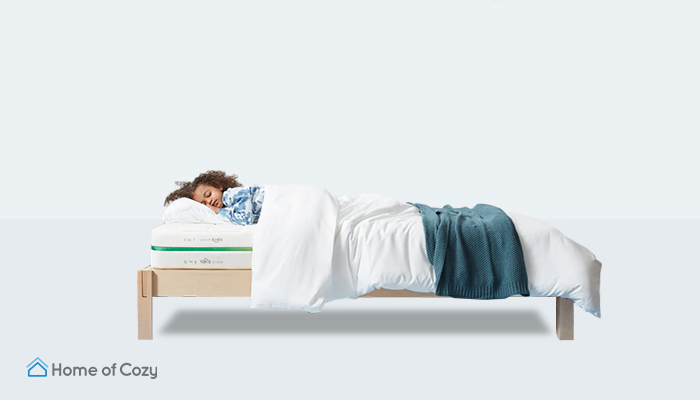
- Price Range: $740
- Mattress Type: Hybrid
- Firmness: 4.5/10 (8-12-year-olds) and 6.5/10 (3-7-year-olds)
- Trial Length: 100 Nights
- Warranty: 10-Year Limited Warranty
What I Loved
We love the flippable design. If you have a younger child, you can choose the firmer side to ensure that they are getting adequate support to prevent back pain. Then as they get older, you can flip the mattress for the softer side. We also love that the top layer of the mattress is stain and water retardants, making it easy to clean up in case of spills. It’s also Greenguard Gold certified to further reduce off-gassing organic compounds (VOC) concerns.
What I Didn’t Love
This mattress may not be suitable for children over the age of 12. If you are looking for a mattress for an older child, you might want to look for a firmer mattress with more support for their growing bodies.
Best Organic: Birch Kids

- Price Range: $1123.80
- Mattress Type: Hybrid
- Firmness: 4.5/10 (8-12-year-olds) and 6.5/10 (3-7-year-olds)
- Trial Length: 100 Nights
- Warranty: 25-Year Warranty
What I Loved
It’s all organic cotton and all-natural organic materials, and they have the certifications to prove it. This twin bed is made with safe materials; it is hypoallergenic and naturally breathable.
What I Didn’t Love
This bed is a bit pricer than you might want to pay, but with frequent sales and discount codes, it makes it more affordable.
Best for Young Adults: Leesa Youth
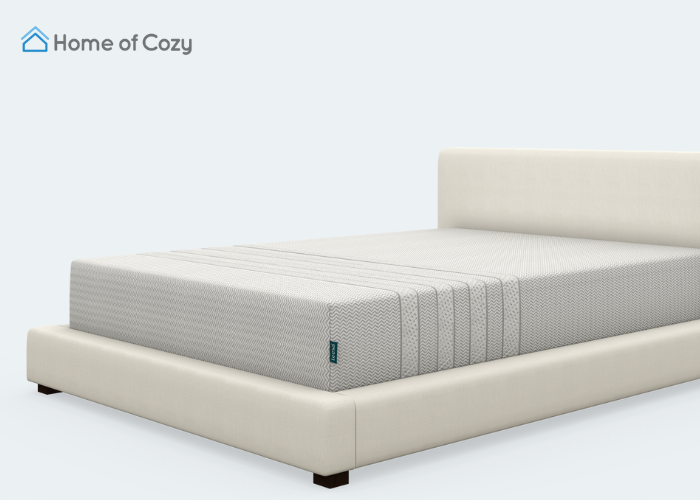
- Price Range: $549
- Mattress Type: Memory Foam
- Firmness: 6.5/10
- Trial Length: 100 Nights
- Warranty: 10-Year Limited Warranty
What I Loved
I love that this mattress is suitable for older children from ages 8 through teens, and it’s reasonably priced. I also love the breathable organic cover that helps keep you cool at night. The polyurethane foam is water and spill retardant making it a breeze to clean up.
What I Didn’t Love
If a child prefers a softer mattress, it’s important to consider their comfort and sleep preferences. While some kids may find a firmer mattress more supportive, others may prefer a softer surface for a more cushioned feel.
Best Memory Foam: Bear Cub
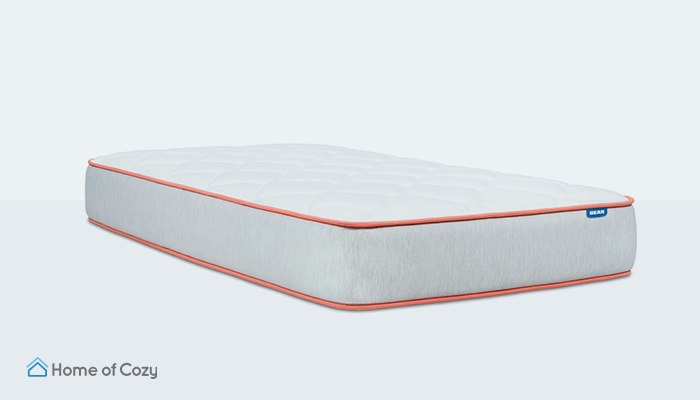
- Price Range: $695
- Mattress Type: Hybrid
- Firmness: 6.8/10
- Trial Length: 120 Nights
- Warranty: Lifetime Warranty
What I Loved
The Bear Cub mattress is constructed with high-quality materials, including CertiPUR-US-certified nontoxic foam layers, which are known for their durability and longevity. This can be beneficial for parents looking for a mattress that will last throughout their child’s growth years. The Bear Cub mattress is hypoallergenic, meaning it is resistant to common allergens such as dust mites and mold. This feature can be especially useful for children who have allergies or sensitivities.
What I Didn’t Love
The Bear Cub mattress is designed to be medium-firm kid bed, which may not suit children who prefer a softer or firmer feel. It’s important to consider your child’s specific comfort preferences before choosing this twin size mattress. The Bear Cub mattress may not be widely available in all locations, limiting accessibility for some customers. It’s worth checking if the product is available in your area before making a purchasing decision.
Best Hybrid: Brooklyn Essential
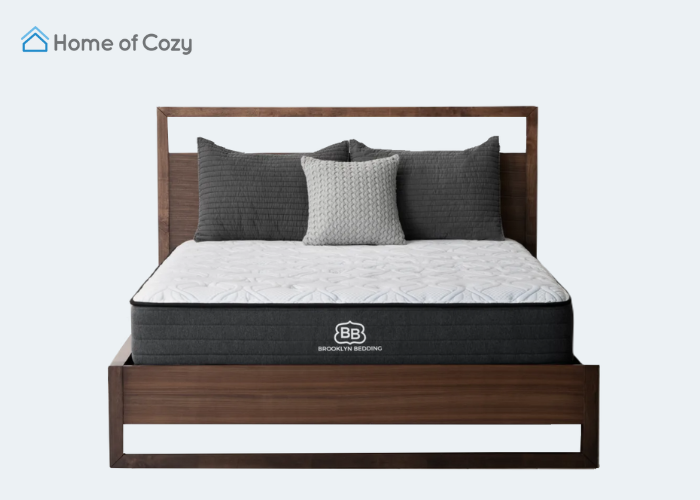
- Price Range: $532
- Mattress Type: Hybrid
- Firmness: 6/10
- Trial Length: 120 Nights
- Warranty: 10-Year Warranty
What I Loved
I loved how comfortable this bed was and the movement isolation. If you have two children sleeping together, if one is a frequent mover, it shouldn’t disturb the other person. The motion isolation is excellent, and I also like how it hugs your body when you lay in bed. If you’re a back or stomach sleeper, this mattress is a great choice.
What I Didn’t Love
The side of the bed isn’t all that firm, and there can be sinkage when you sit on the edge or if you sleep close to the edge.
Best Latex: Nolah Nurture 8”

- Price Range: $597
- Mattress Type: Hybrid
- Firmness: 4.5/10 or 6.5/10
- Trial Length: 120 Nights
- Warranty: 10-Year Warranty
What I Loved
We love that you can flip the mattress for the perfect firmness level for your child. There is a plush side with an organic cover that offers a softer side for kids who like more cushion and a firmer side for younger sleepers who need that extra firm pressure point support.
What I Didn’t Love
This mattress is a great children’s mattress but may not be ideal for a big kid over 200 lbs or an adult mattress.
Best Budget: Dreamfoam Essential

- Price Range: $274- $599
- Mattress Type: memory foam
- Firmness: 6” 8/10, 8” 7/10, 10” 6/10, 12” 5/10, 14” 4/10
- Trial Length: 120 Nights
- Warranty: 10-Year Warranty
What I Loved
I love that you have so many options for the firmness level of the memory foam mattress. It also uses a stain-repellant that protects your mattress against accidental spills.
What I Didn’t Love
The motion transfer wasn’t great. While it probably won’t be enough to disturb you in your sleep if your partner frequently changes sleep position, it may make it difficult to fall asleep if you’re a light sleeper.
Best For Plus Size Sleepers: Titan Plus
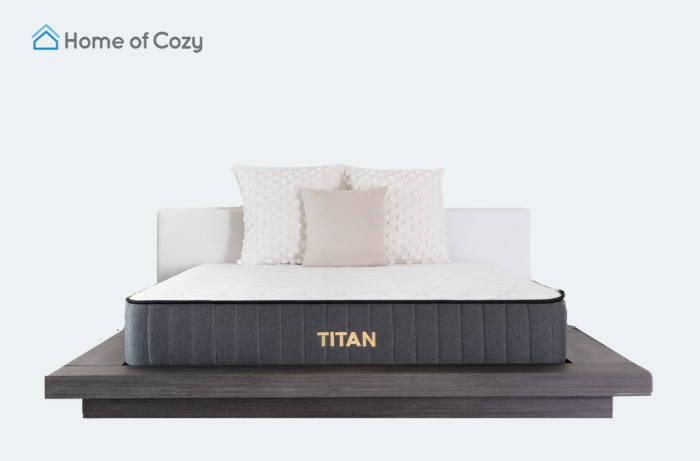
- Price Range: $699
- Mattress Type: Hybrid
- Firmness: 8/10
- Trial Length: 120 Nights
- Warranty: 10-Year Warranty
What I Loved
I love the pressure point relief of this bed. If you’re a side sleeper, it has excellent pressure point relief for your shoulders, hips, and knees. This is an excellent bed for heavier sleepers because of the firmness levels, and it doesn’t sink like many mattresses do.
What I Didn’t Love
If you are less than 120 lbs, this may be too firm for you unless you like a very firm mattress.
Best Extra Firm: Plank Firm
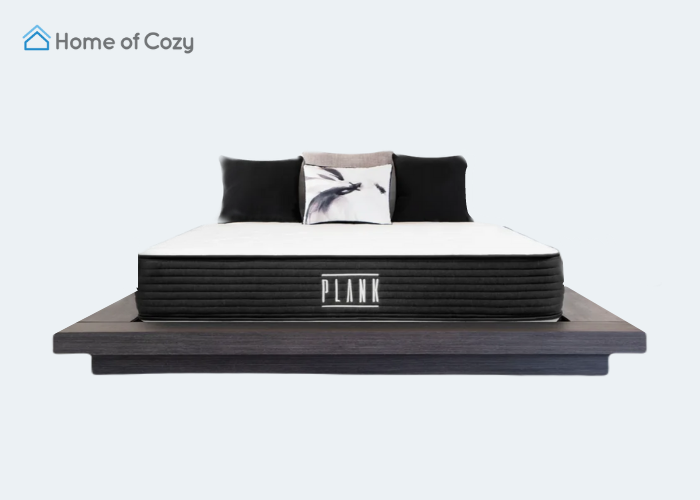
- Price Range: $749
- Mattress Type: Hybrid
- Firmness: 8/10 or 10/10
- Trial Length: 120 Nights
- Warranty: 10-Year Warranty
What I Loved
I love the support of this bed. If you are a stomach or back sleeper, this is a great choice. It’s firm enough to fully support your back and hips. I also love that you can choose the firmness level. If an 8 out of 10 isn’t firm enough for you, then you can flip the mattress for a firmer 10 out of 10.
What I Didn’t Love
If you like a mattress that you can sink into, this is not the mattress for you. This is a very firm kids’ mattress with very little give or contouring of your body when you lie down.
Buying the Best Twin Mattress for Your Kid
By following these guidelines, you should be able to choose the right mattress for your kid for them to get a comfy night’s sleep. Determine the appropriate bed size based on your child’s age, size, and growth potential. Options typically include twin, twin XL, or full-sized beds.
Mattress Type: Consider your child’s comfort preferences. Comfort layer, memory foam, pillow-top, plush, and latex mattresses can offer different levels of softness and support. While some kids may prefer a firmer mattress for better support, others may like a soft mattress feel. Let your child try different mattresses to determine their preference. Look for a mattress made of high-quality materials that can withstand the rigors of childhood and provide long-lasting support.
Consider mattresses with cooling technologies such as breathable covers, gel-infused foam, or airflow-enhancing designs to prevent overheating during sleep. Opt for mattresses that are hypoallergenic and resistant to common allergens such as dust mites and mold, especially if your child has allergies or sensitivities. Ensure the bed meets safety standards and has a sturdy construction, guardrails (if needed), and a secure base. Set a budget range and look for options within that range. Remember that investing in a durable, high-quality mattress can provide long-term value. Read reviews from other parents to gather insights and experiences with different brands and models.
At Home and Cozy, we know your time is valuable; that’s why we’ve created an article, The 10 Best Mattresses for 2024, of our top picks to help you choose the best mattress for your family.

